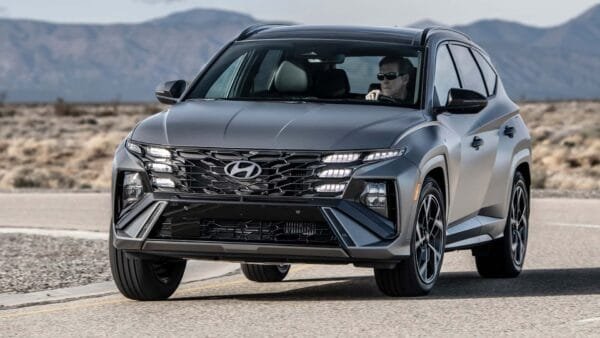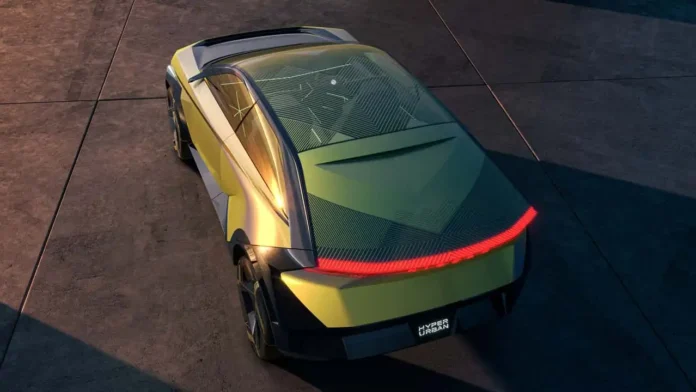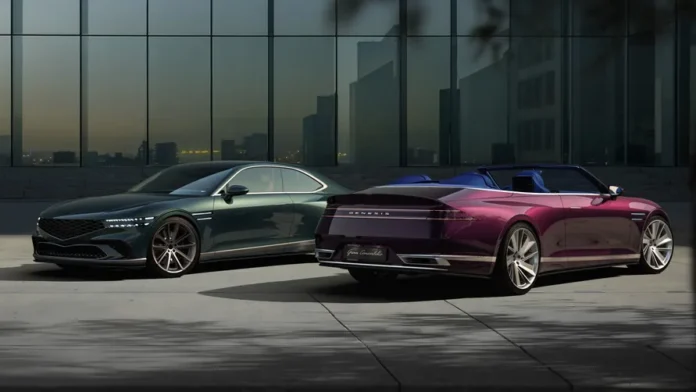Understanding the Current Tariff Situation
President Trump’s sweeping new tariffs on imports have sent shockwaves through the stock market, igniting fears of significant price increases on cars across various powertrain types. The automotive industry is in a state of flux, grappling with these economic changes while evaluating their next steps.

Stability Amidst Uncertainty
Despite the impending tariff-induced price hikes, not all automakers are reacting with panic. For instance, Toyota, Honda, and Hyundai have pledged to maintain their pricing strategies for the time being. Hyundai has specifically initiated a customer assurance program that guarantees stable U.S. prices for its entire model range until June 2. As José Muñoz, CEO of Hyundai, mentioned, this initiative aims to provide consumers with some peace of mind amid turbulent economic conditions.
The Road Ahead for Automakers
As the situation evolves, the response from automakers varies. While Hyundai is focusing on its successful electric vehicle (EV) and hybrid market, Toyota is ready to cover increased parts costs arising from the tariffs. Honda is taking a more cautious stance, adopting a “wait and watch” approach regarding any price adjustments. Smaller brands like Mazda may feel the potential impact far more severely, highlighting the intricate web of global supply chains that underpin the industry. Ford, in an unexpected twist, is countering the trend by offering employee pricing to all consumers, emphasizing a solid approach of support during these uncertain times.
With the ongoing negotiations with the White House and the ambition for long-term plans to bolster U.S. manufacturing, it remains to be seen how the automotive sector will navigate these challenges. For potential car buyers, the window of opportunity is still open, as automakers work to find stability in a shifting landscape.



